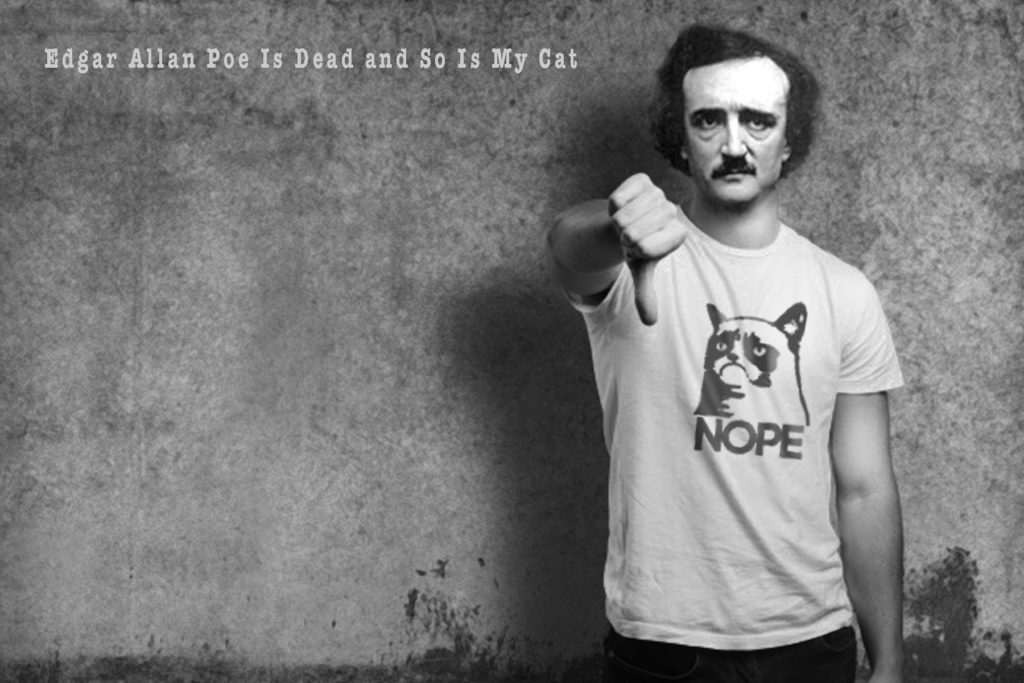Craig Williamson, North Denver Tribune- June 2010
Buntport Theater’s Tenth Season, a retrospective look back at productions from their short history, opens in September with Moby Dick Unread. Buntport is also adding the Buntport Educational Team, with Jessica Robblee and Mitch Slevc, part of the creative force behind the ongoing Trunks series, which is focusing on outreach to schools as well as productions and workshops for all ages. With three of this year’s Henry Awards in their pockets and expanded offerings, what started ten years ago as a group of kids fresh out of Colorado College has matured into a mainstay of Denver theatre, with a broad array of programming and continued excellent productions.
Buntport creates all of their productions from scratch. They start with a theme, an idea, or a concept, which can be an existing well-known work such as Moby Dick or The Three Musketeers, or could be something as unlikely as the Postal Service. Then they build a production around that idea. These are not simply spoofs, though in many cases they are very, very funny. They involve a whole new concept that uses the existing work or concept as a launching point and builds a story that is new and interesting, but also still tied to the original theme in sometimes unexpected ways.
The season opens with Moby Dick Unread from Buntport’s sixth season, opening September 3. This is followed by Buntport’s first musical, Seal. Stamp. Send. Bang. from their eighth season, and then Quixote, the very first production the group mounted. It also includes the Kafka on Ice, The 30 th of Baydak, and an evening of One-Acts. Scattered throughout the season will be staged readings of four other shows, Fin, The Mythical Brontosaurus, Winter in Graupel Bay, and Ward #6, making for an appropriate total of ten shows revisited. During this season Buntport will also continue work under a commission from the Denver Center Theatre Company on their thirtieth world premiere production, a multimedia play about Nikola Tesla.
How did Buntport choose from the twenty-nine unique and diverse shows of the last nine years? “They are shows that WE are excited to remount,” according to Buntport’s Evan Weissman, and include some audience favorites as well as some less popular shows that the Buntport folks really loved. Taken together, they present a broad picture of the history of Buntport. One notable omission is the wildly successful Titus Andronicus: The Musical. While this was one of the group’s most popular shows, it has been revived a few times already, and the group felt it had been done enough when they officially retired the show a couple of years ago.
In conjunction with their tenth season, Buntport announced the formation of the Buntport Educational Team, consisting of two new staff members, Jessica Robblee and Mitch Slevc. The team will continue the popular and entertaining family series Trunks, now in its sixth year, and will launch two touring shows for performance in schools. The first of these is Unbe-weave-able, an original production based on three well-known Greek myths, it is “as shape-changing as the myths it depicts, glorying in the sparking relationships among mortals, beasts, and their gods.” The show is intended for K-8 students, and study guides are available on request.
The Buntport Team will bring productions to schools for a negotiable fee, as well as perform them at Buntport Theater in special matinee performances as part of a school field trip. They also offer workshops for students on a variety of topics, including:
• Collaborative playwriting
• Creating a Stage Adaptation
• Writing your own comic
• Acting
• Puppeteering
• Superheroes and Storytelling
• Masks and Character
• Improvisation
The group also has other performance and workshop options for older kids, and plan to offer a second show about Poetry later in the year.
This new educational effort is a natural extension of both the work Robblee and Slevc have done on Trunks and the Buntport approach to theater creation. Teachers, principals, and others involved with schools can get more information or make arrangements for performances and workshops on the web at www.buntport.com/education/education.htm, by calling 720-946-1388, or emailing trunks@buntport.com.
The Buntport tenth season offers a unique opportunity to see a retrospective of “classic” Buntport brilliance, whether you missed it the first time or are going back for more. If you’ve never been to Buntport, this would be a great time to go and get hooked.
Buntport’s tenth season opens September 3 with Moby Dick Unread, running through September 25. Performances are Thursday-Saturday at 8:00 pm, and two Sunday matinees on the 12 th and 19 th at 3:00 pm. Tickets are $16, discounted to $13 for students and seniors, and $20 for September 3, which includes an opening night reception. Buntport is also presenting a staged reading of The Mythical Brontosaurus on Monday, September 13 for $5. The sixth season of the live comic book series Trunks opens on October 2, with a new episode every two weeks thereafter, with performances at 1:00 and 3:00. Tickets are $5, $6, or $7 at the door, depending on random chance, and are discounted if you wear a superhero costume. On the Third Tuesday of each month, Buntport will continue to offer The Great Debate, Teacher’s Pet, and Buntport Versus alternating throughout the year. Buntport Theater is located just off 6 th Avenue and Santa Fe at 717 Lipan Street. For tickets and more information about any of Buntport’s offerings, visit www.buntport.com or call 720-946-1388.








